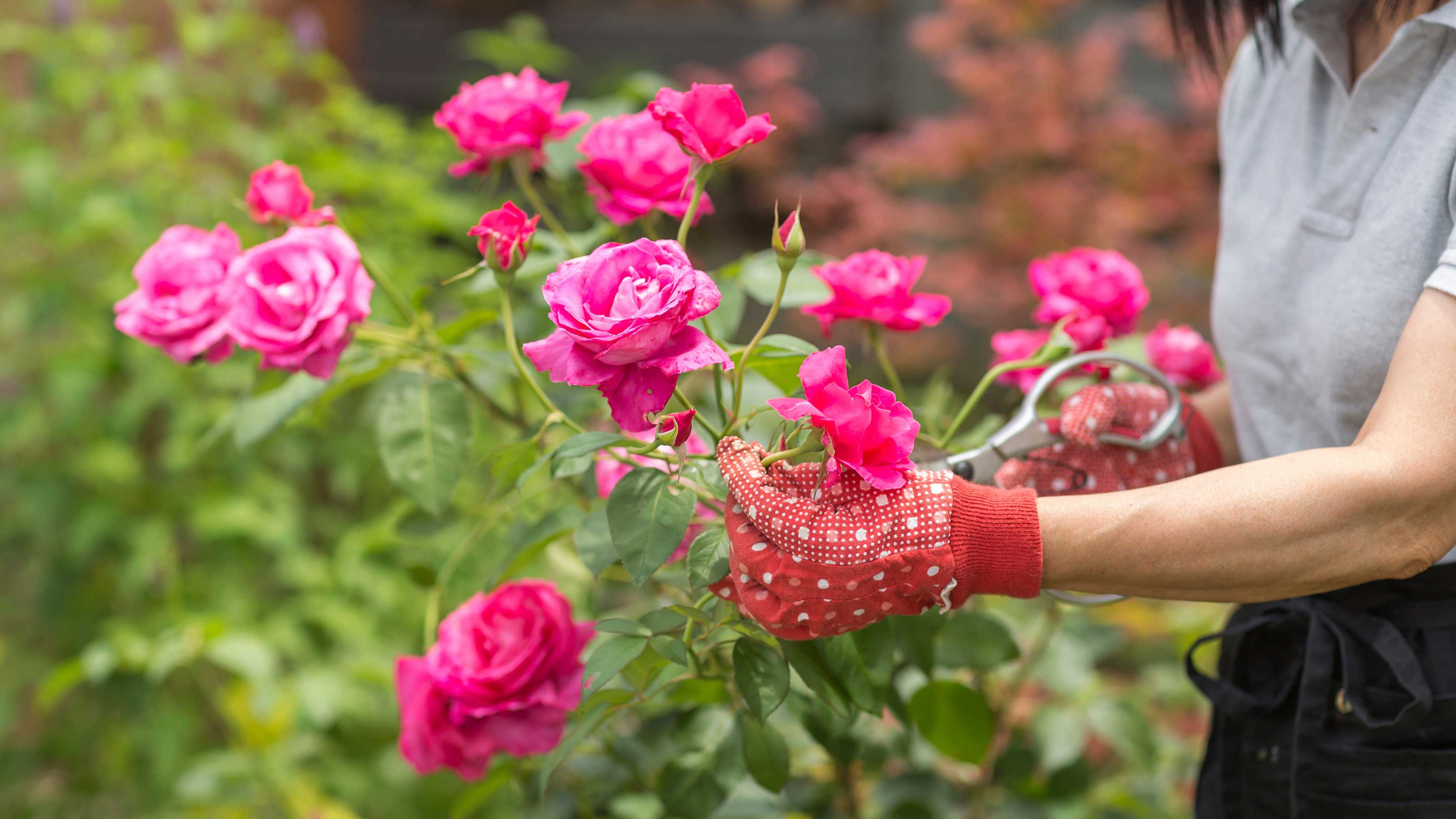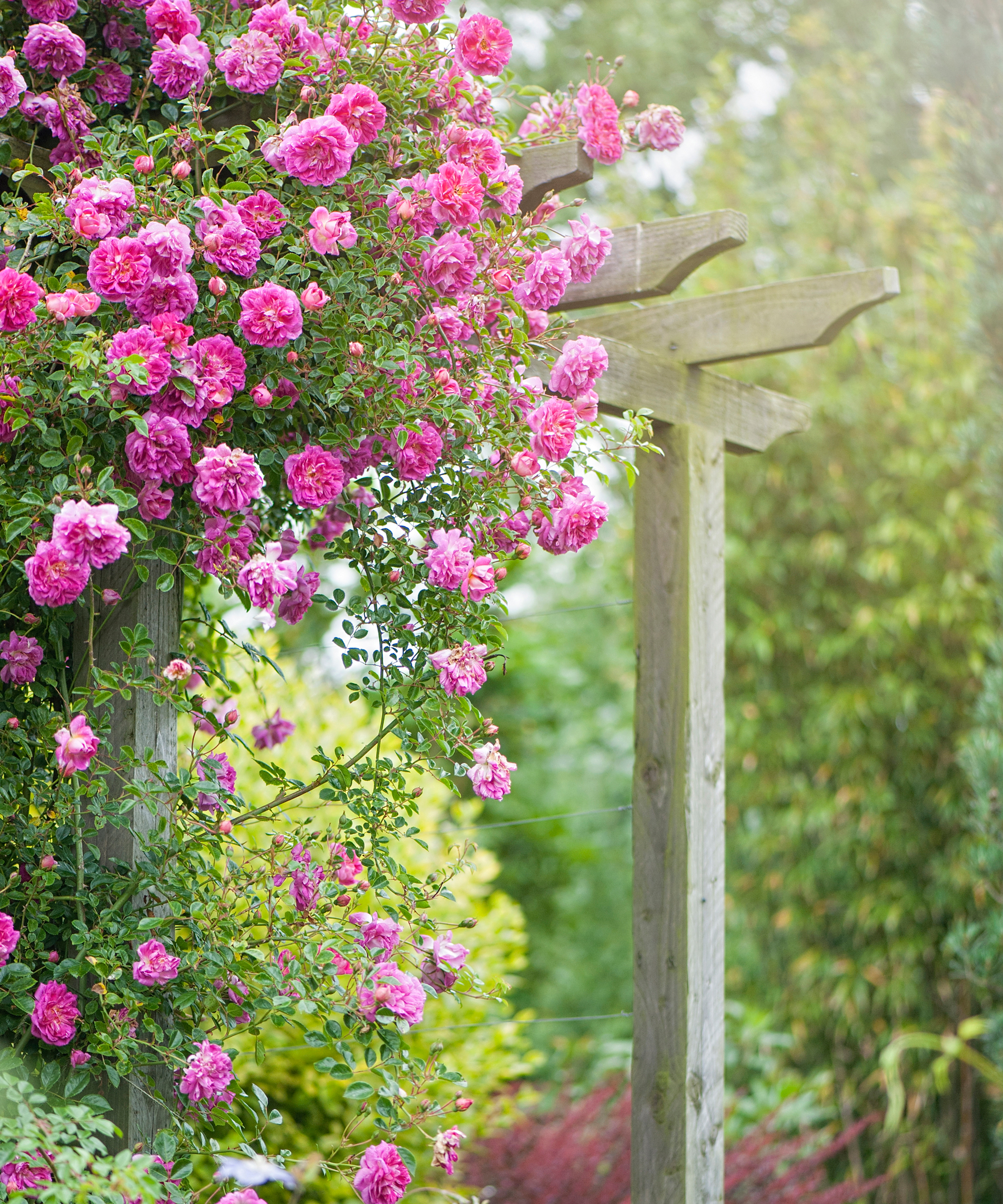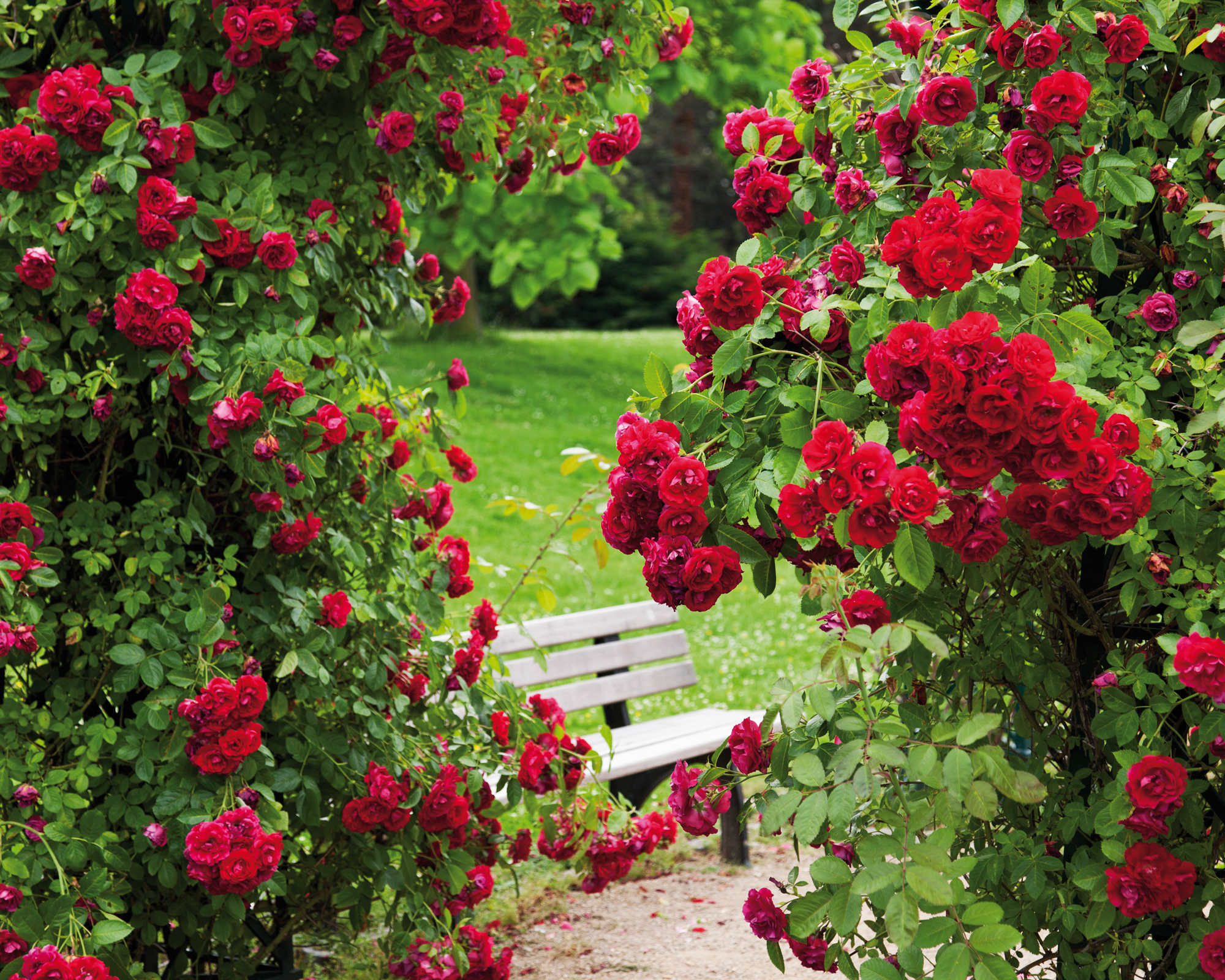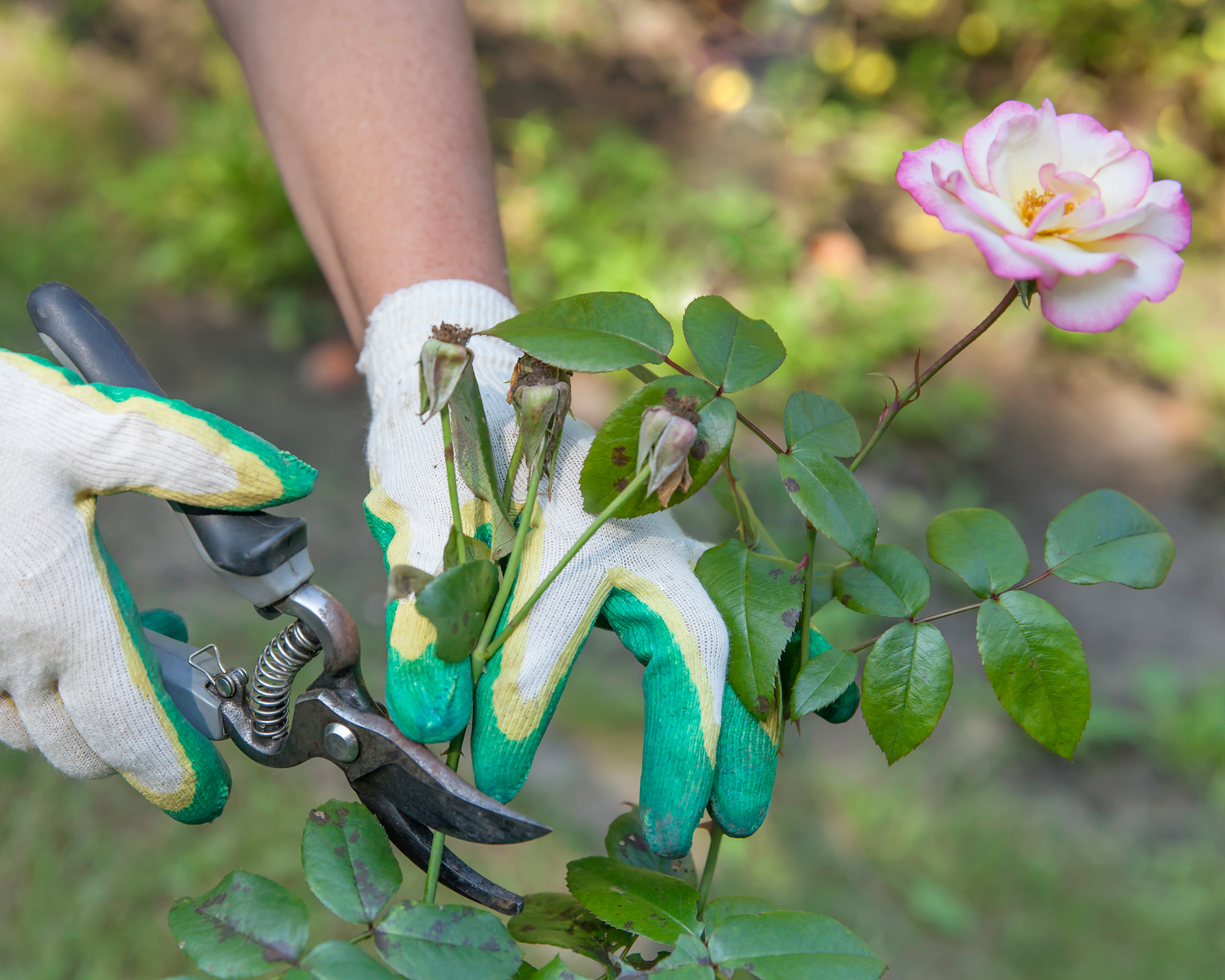Garden experts name the most common rose propagating mistakes
These are the most common rose propagating mistakes to avoid when growing these garden favorites from cuttings

These common rose propagating mistakes are the main reasons why roses can be tricky to grow from cuttings. Although not an impossible task, getting more roses out of your existing plants requires a little bit more know-how and care than 'just stick it in and hope for the best.'
We've asked expert gardeners who know how to grow roses to name the most common mistakes when propagating roses from cuttings. These are the ones that crop up again and again – avoid them if you want rose success.
1. Not keeping your cuttings moist
The number one thing rose cuttings need to root successfully is constant moisture. Forget to water your cuttings, and they are guaranteed to perish. Gena Lorainne, a gardening specialist working for Fantastic Gardeners, explains that an extremely important thing to remember is that the soil moisture for the cutting shouldn't dry out at this rooting time, otherwise, roots won't be able to develop.
At the same time, avoid overwatering, which may cause your cutting to rot. 'Keep the soil moist by watering every other day, but make sure not to overwater the cutting, as you don't want the soil to get muddy,' she says.

2. Placing rose cuttings in very hot sun
A common propagation method for rose cuttings involves placing the potted cutting under a glass jar in order to create a mini-greenhouse effect. This can backfire for your cutting if you put it into an overly sunny spot.
Gena says, 'The jar will help with holding humidity in, but can become a problem if it's exposed to the hot afternoon sun, as it will overheat the cutting and kill it, hence the reason why you need to shield the cutting from the afternoon sun.'

3. Not using the correct tool when making a cutting
If you're new to roses, it may be tempting to just take a pair of kitchen scissors and cut off a stem, and hope for the best. Resist this temptation – and invest in the best secateurs for the job. The cleaner and more precise the cut, the more chances your rose cutting will have.
A rose cutting that's uneven and smashed at the cutting point will be more prone to bacteria and fungal infections and less likely to root. It's no different from learning how to prune roses – always remember to make a clean cut.

4. Not planting your softwood cuttings as soon as possible
With rose cuttings, you have a very narrow window of viability. This is why gardeners are advised to make cuttings in the morning – that's when rose bushes are at their most hydrated, so the water content in the cutting will be high. However, leave it lying around after cutting, and the potential for that cutting to take root has been greatly reduced.
Gina Harper, an expert gardener at Harper's Nurseries, is very clear on this: 'The softwood cuttings must be planted as soon as possible. This means that the spots should be prepared in advance. Slice at a 45-degree angle and place it in the water immediately. Moisture is essential. A stem may be divided into several 6-inch cuttings. Take out all leaves save for a set on the top.'

5. Not fertilizing your cuttings
Roses tend to need a bit more help than other plants and may not root as well if they aren't given any extra nutrition. Gina recommends using 'fish-based fertilizers to add vital nutrients to the soil.' You may even find that using a rooting hormone is your best bet, although, understandably, not all gardeners will be keen on mixing hormones into the soil.
Jeremy Yamaguchi, gardener and CEO of Lawn Love, says, 'If you're not averse to using hormone powders to help your flowers grow faster and healthier, my best tip is to use one on the cuttings before you plant them. Remove the lower leaves, then make a slit on the lower portion of the cutting and dip it in a good rooting hormone powder.'
Whichever rose type you're growing, whether it's shrub roses or the best climbing roses, avoiding these mistakes when propagating will help you get great results – and more roses.
Looking for more tips on how to take cuttings from plants? You'll find plenty in our dedicated guide.
Anna writes about interior design and gardening. Her work has appeared in Homes & Gardens, Livingetc, and many other publications. She is an experienced outdoor and indoor gardener and has a passion for growing roses and Japanese maples in her outside space.
